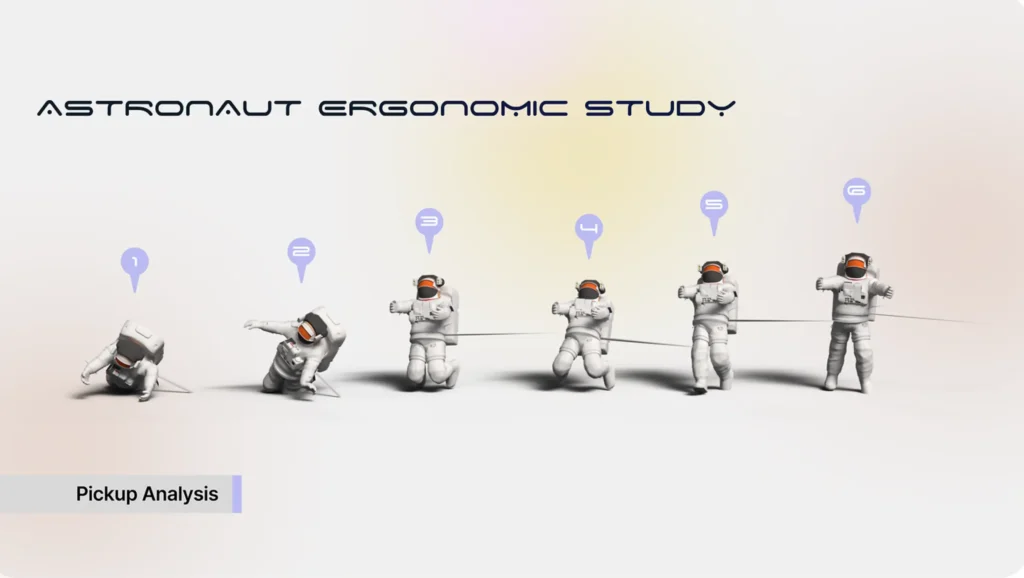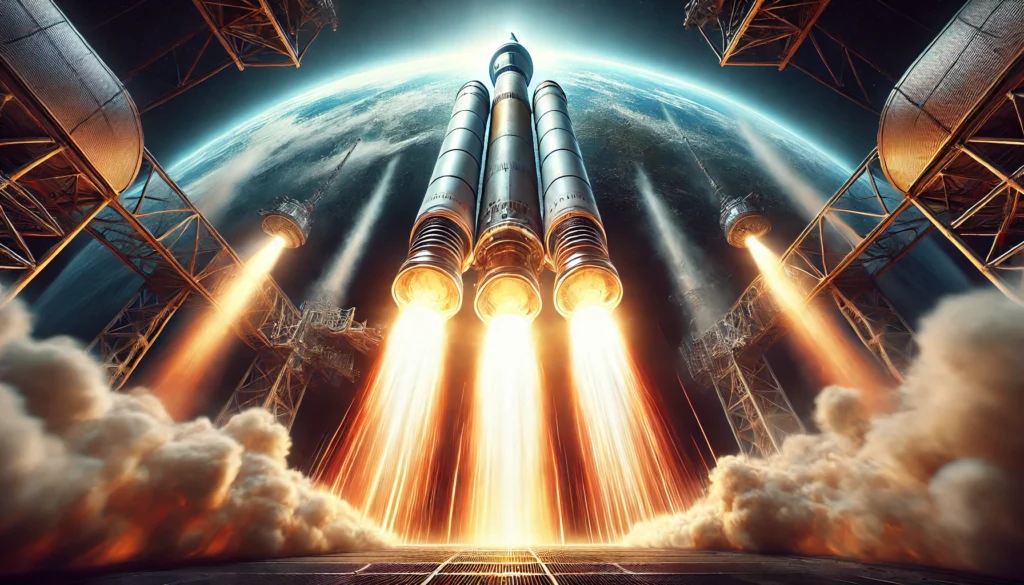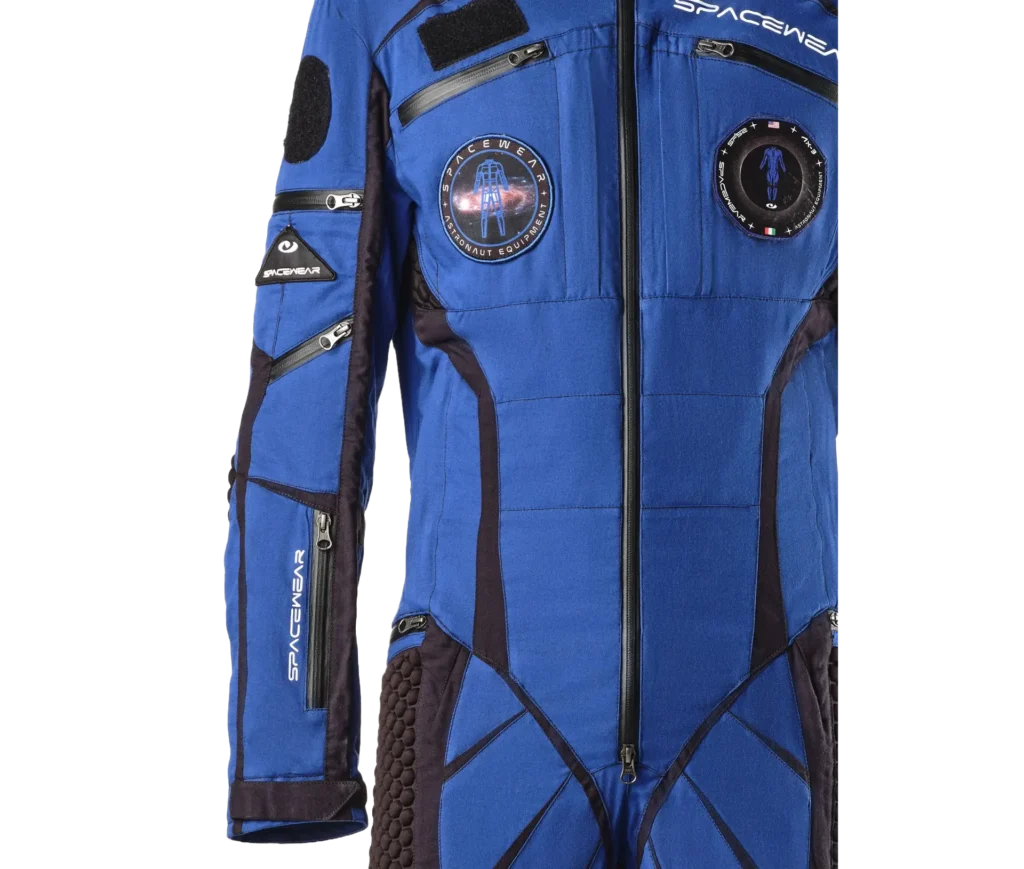As we plan for the next thousand steps on the Moon, we need to first master taking ten with confidence.”
The act of walking on the Moon, often romanticized in images of astronauts bounding gracefully across the surface, is far more complex than it appears. Behind every step lies a struggle against the limitations imposed by the extreme environment and the equipment designed to keep astronauts alive. From the pressurization of the suit to the altered gravity and shifting weight, each factor compounds the difficulty of performing even the simplest motions.
Solving the problem of astronaut mobility on the Moon would revolutionize the efficiency and safety of lunar exploration. Enhanced mobility would empower astronauts to perform complex tasks, such as constructing habitats, rescuing, collecting geological samples, and conducting repairs, with greater precision and reduced physical strain. This advancement would not only ensure the success of lunar missions but also lay the foundation for long-term habitation and resource utilization. Furthermore, the technologies developed to solve these issues, such as adaptive tools, improved suit designs, and advanced support systems, could have far-reaching applications, including Mars exploration and extreme environments on Earth, bridging innovation between space and terrestrial challenges. Solving this problem is a leap toward a sustainable human presence on the Moon and beyond.

The Complexity of Walking on the Moon
The Moon’s gravity, at only one-sixth of Earth’s, drastically changes how force and balance operate. What feels intuitive in Earth’s gravity becomes awkward and unsteady on the Moon. Pair this with the rigidity of the Extravehicular Mobility Unit (EMU) suit—a pressurized, bulky cocoon designed for survival—and you have an astronaut whose ability to move is severely restricted.
Walking on the Moon is not just about putting one foot in front of the other. It’s about stability, control, and efficiency. To build lunar settlements or conduct meaningful research, astronauts need to perform much more complex movements: dragging heavy equipment, bending to pick up samples, or even crouching to make repairs. However, these actions are hindered by:
- Limited Mobility in the EMU Suit: Joints in the suit offer restricted flexibility, forcing astronauts to overexert themselves to achieve basic motions like bending or lifting.
- Weight Shift: The life-support system on the back of the suit shifts the center of gravity, making balance more difficult.
- Lunar Environment: The Moon’s regolith, fine and abrasive, creates a slippery and unstable surface, increasing the risk of falls.

Toward Mastering Lunar Movement
Walking on the Moon is just the beginning. To build habitats, conduct meaningful research, and eventually thrive in extraterrestrial environments, we must address these challenges with bold, innovative solutions. The astronaut is as strong as the tools they carry, and by designing tools that enhance mobility, efficiency, and safety, we are enabling the next great leap in exploration.
Together, let’s brainstorm and innovate to tackle this problem, ensuring that the next thousand steps on the Moon—and beyond—are taken with confidence and purpose. If you’re passionate about creating solutions for this challenge, I’d love to hear your thoughts and discuss how we can design the future of lunar mobility together!



